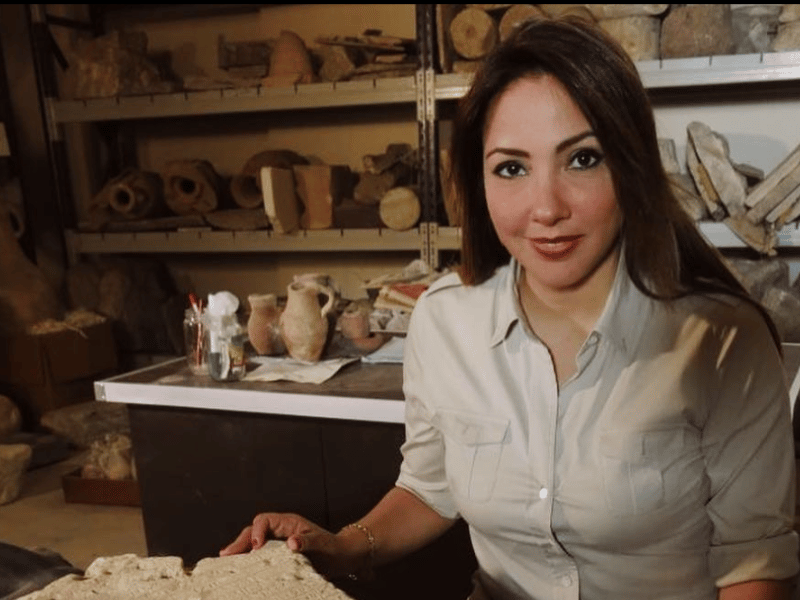A 1.5 kilometre tunnel likely leading to the mysterious tomb of Cleopatra has been discovered by a team of archaeologists led by a former lawyer-turned-archaeologist from the Dominican Republic.
Dr. Kathleen Martínez, a director of excavations at the ancient town of Taposiris Magna, called the discovery of the tunnel, which is around two meters high and contains two stone heads — a “geometric miracle”.
“This is the perfect place for the tomb of Cleopatra,” Martínez told Heritage Key.
“If there’s a one per cent chance that the last queen of Egypt could be buried there, it is my duty to search for her. If we discover the tomb … it will be the most important discovery of the 21st century.”
“If we do not discover the tomb … we made major discoveries here, inside the temple and outside the temple.”
Cleopatra was born in roughly 70BC. She had joint-ruled with her two brothers and son for almost three decades before dying by suiciding in 30 B.C.
Her final resting place has remained an unsolved mystery, perhaps until now.
Dr Martínez’s team discovered the rock-cut tunnel in the area of the Taposiris Magna Temple, roughly 60 kilometres south-west of Alexandria in Egypt.
According to a statement released last week by the Egyptian Ministry of Tourism and Antiquities, Dr Martínez’s team carved into the rock 13 meters underground, finding the heads of two Ptolemaic-era statues made of alabaster, one which likely represents the sphinx.
“One of them belongs to a person from the heroic age, and the other is probably a statue of Father of the Spook,” the Ministry said.
Part of the tunnel was “submerged under the Mediterranean,” and held pottery and a “rectangular block of limestone” beneath mud sediment.
Dr Martínez told LiveScience.com her team also discovered coins and the remains of statues of Egyptian deities in the tunnel.
The former lawyers has been looking for Cleopatra’s tomb for more than a decade. Last year, she told The National that some archaeologists have laughed at her when she told them she was looking for tunnels under the temple because those structures historically did not have them.
“They did a lot of bullying and made jokes at my expense. ‘There is nothing there,’ they would tell me. ‘We already excavated there and there’s nothing!’” she said.
“If the world was crazy about King Tut, it will be way crazier about Cleopatra’s tomb if found. Besides the scientific value of finding it, can you imagine what it will do to tourism in Egypt?”
“Cleopatra was the final chapter of ancient Egypt, while King Tut was just a boy king who did little for Egypt but attracted much attention essentially because his tomb was found intact.”
She says the difference between her and other archaeologists is that she broadens out the scope of her work to include many other sciences — and brings in her legal background to treat the work like she did when she was solving legal cases.
In her interview with The National, Dr Martínez spoke candidly about the personal price she has had to pay to chase her dreams and make her mark in the field of archaeology.
“Everything you want to do in life comes with a price,” she said, revealing that her marriage had ended due to her former husband’s refusal to relocate to Egypt for his wife to pursue her ambitions.


